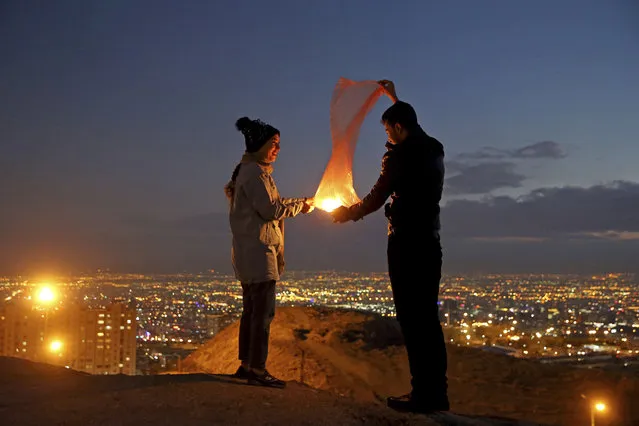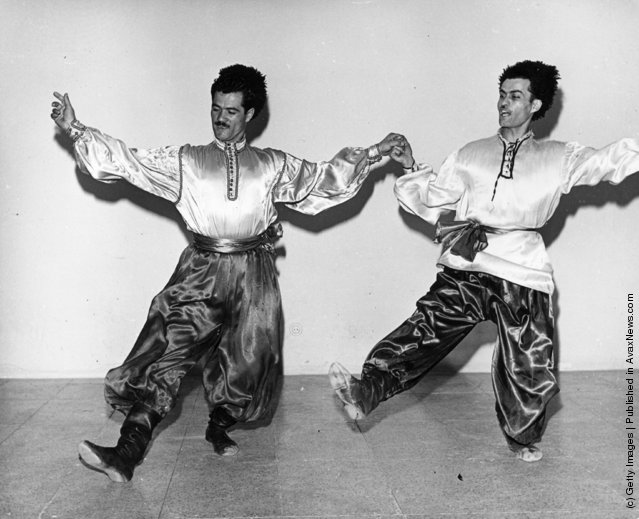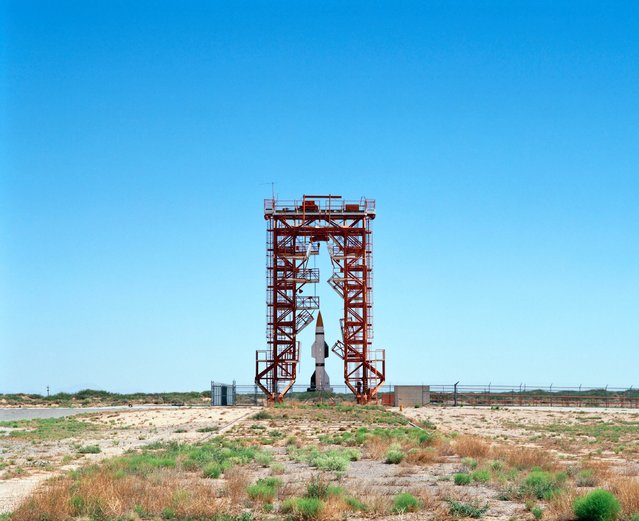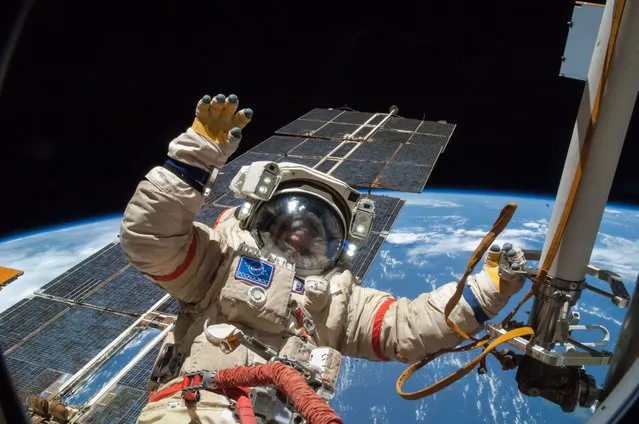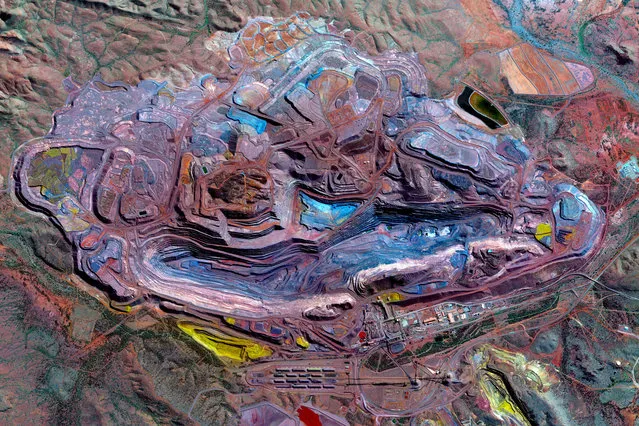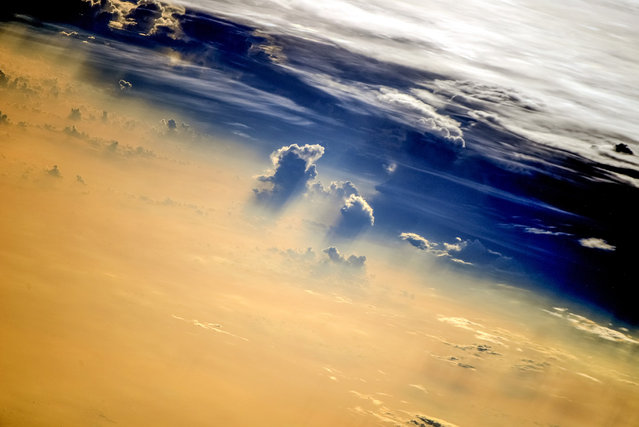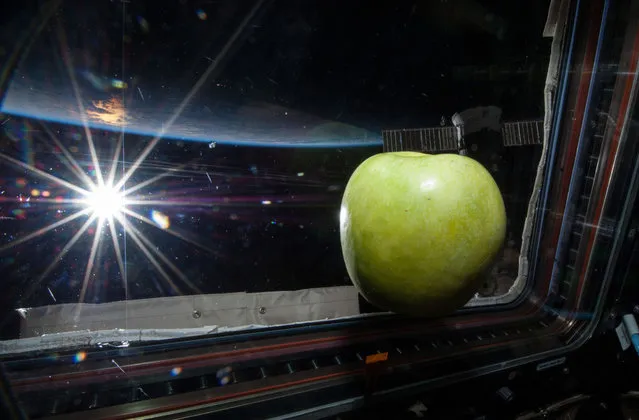
A man wears jacket in the colors of Iranian flag as he attends the annual rally commemorating Iran's 1979 Islamic Revolution, in Tehran, Iran, Saturday, February 11, 2023. (Photo by Vahid Salemi/AP Photo)
13 Feb 2023 05:50:00,post received
0 comments

